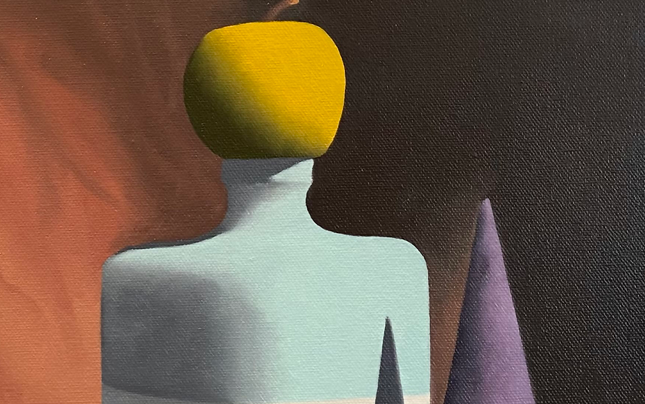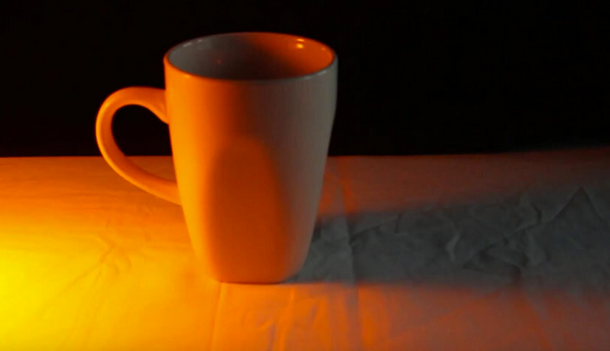Light and shadow, the dynamic duo of the art world, breathe life into paintings. These essential elements go beyond being mere techniques; they shape how we see and feel about a piece of art. Let’s dive into the fascinating world of mastering light and shadow in painting.

Foundations of Light and Shadow
The Play of Natural Light
The source of light, whether it’s the sun casting warm rays or the gentle glow of twilight, sets the stage for painting. Knowing where the light comes from helps create realistic and captivating artwork.
Dynamic Changes Throughout the Day
As the day unfolds, so does the nature of natural light. From the cozy sunrise to the bright midday and the dramatic sunset, each phase offers unique opportunities for artists to capture a moment’s essence.
The Impact of Artificial Lighting
Artificial lights let artists deliberately play with shadows. Whether it’s a bold spotlight or a soft ambient glow, these choices influence the mood and atmosphere of a painting.
Key Concepts in Light and Shadow
Understanding Light Sources
Knowing where the light is coming from shapes the mood and form of a painting. Whether it’s a single source casting strong shadows or a soft, even glow, light direction tells a visual story.
Defining Cast Shadows
Cast shadows aren’t just dark areas; they give form to objects. Artists use them to show depth, perspective, and the 3D nature of subjects within the artwork.
The Role of Highlights
Highlights are where light hits a surface directly, drawing attention to specific areas. Placing highlights strategically guides the viewer’s eye and adds interest to the painting.
Types of Shadows in Art
Core Shadows: Unveiling the Basics
Core shadows are the darkest areas, often found opposite the light source. Identifying them sets the overall tonal range of the painting.
Reflected Light: A Subtle Presence
Enhancing realism, reflected light adds a gentle glow to shadowed areas, preventing them from becoming too dark.
Cast Shadows: Defining Space and Distance
Dynamic interactions with surroundings make cast shadows an integral part of creating spatial relationships within a painting.
Understanding Value in Light and Shadow
Grayscale and Its Significance
Using a range of greys from black to white helps create realistic tonal variations within a painting.
Building Layers for Gradation
Layering greys gradually adds dimension, capturing the subtleties of form and texture.
Creating Depth Through Value Contrast
Contrasting light and dark areas creates depth, making the painting visually compelling.
Techniques for Capturing Light and Shadow
The Art of Chiaroscuro
Chiaroscuro, meaning “light-dark,” has its roots in the Renaissance. Artists like Caravaggio and Rembrandt used it to create dramatic contrasts.
Impressionistic Approaches
Impressionists like Monet and Renoir used short, dynamic strokes to capture the fleeting effects of light, adding spontaneity and movement to their works.
Painting Different Light Conditions
Capturing the Warmth of Sunlight
Embracing golden hour hues and enhancing texture and detail brings the warmth of sunlight to life in a painting.
The Emotional Impact of Light and Shadow
Setting the Mood Through Lighting
Lighting influences the emotional tone of a painting, guiding viewers to feel joy, tranquillity, or mystery. Strategic lighting choices set the stage for emotional resonance.
Symbolism of Light and Shadow
Beyond technique, artists use light and shadow symbolically, drawing on cultural and historical perspectives. Infusing personal symbolism into art adds layers of meaning for the viewer.
Experimenting with Surreal Lighting
Surreal lighting adds a fantastical element to paintings. Artists can experiment with unconventional light sources and colours to create dreamlike and imaginative scenes.
Advanced Techniques for Mastery
Experimenting with Backlighting
Silhouettes and dramatic backlit scenes add a touch of magic to paintings. Balancing highlights and shadows in backlighting enhances the visual impact.
Incorporating Multiple Light Sources
Playing with different light temperatures creates complexity in the interplay of lights and shadows. Harmonizing these sources adds depth and interest to the painting.
Creating Luminosity in Night Scenes
Capturing the luminosity in night scenes involves strategic use of highlights and reflective surfaces. Artists can experiment with techniques to make night scenes come alive.
Playing with Broken Shadows
Broken shadows occur in dappled light or areas with obstructions. Artists can use this effect to create interesting patterns and add a sense of movement to their paintings.
Conclusion
Mastering light and shadow is a lifelong journey. Whether you’re painting a sunlit landscape or a mysterious moonlit scene, understanding these elements lets you breathe life into your art. It’s about continuous growth, inviting viewers to experience the magic of illumination. So, as you embark on your artistic adventure, remember – the beauty is in the details, the shadows, and the light that make your paintings uniquely alive.
You may find this information useful:
Painting as a Therapeutic Outlet

